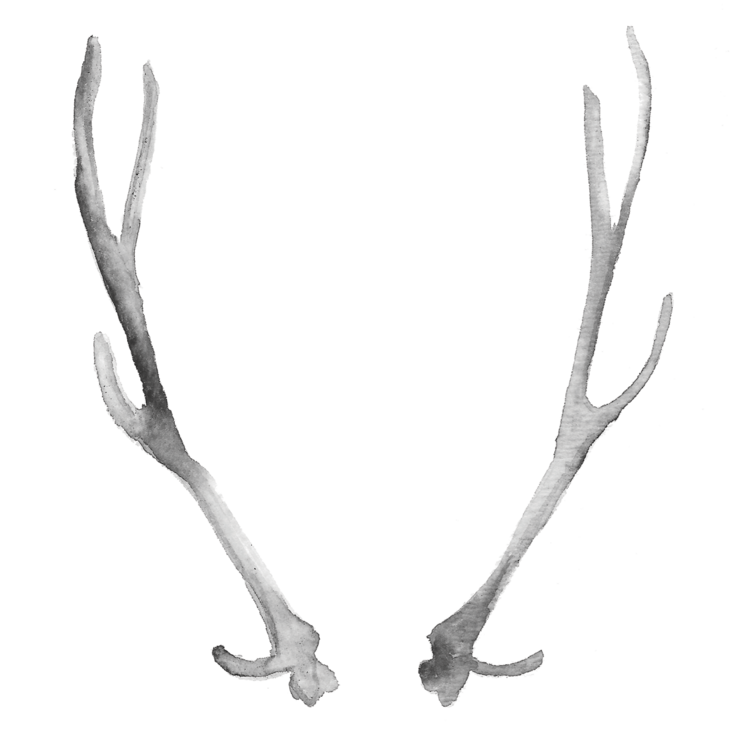I have no formal training in photography, and in the past I have let that limit how I view myself as a photographer. At my very first art show, I remember confiding in my brother, "but what do I say if they ask what sort of camera I use?". He smiled and replied,"but don't you see, that's the beauty of it". At the time, I was using my dad's manual Pentax... film, of course. I felt embarrassed that it wasn't a top of the line, newer model, like most of the other photographers. It was mostly metal and quite heavy, incredibly worn from years of use, scratched and dented (sorry, dad). The most amazing thing, however, was how the weight of it, the smell of it, brought something out in me that I never experienced before. It took me to a different place, a different space, that became a sort of meditation. Mostly, I think it just slowed me down and showed me a different view of the world, one that I fell in love with instantly.
What I have come to realize is that my camera is merely a tool in helping me communicate and translate my view of the world. A piece of me is in every photo I take. It is my process... the way I draw out the truth in my subject, and ultimately capture it... or try to at least. We all see something different, and that is why no two photos will ever be the exactly the same.
The biggest challenge is to come out with a final image that is the same as what you first saw, what you first intended to capture. Our eyes see far more that our camera is capable of, and sometimes it is disappointing when the photo is missing the color gradient or depth that we experienced. For me, one of the most important things is to translate the moment in not only how it looked to me, but also how it felt. And that's where you start to develop your own personal style...
This day was cloudy and there was a softness about it I wanted to capture. To do this, I used a tilt-shift lens to blur parts of the images, and in post, I changed the images to sepia.

This photo was taken in Ubud, Indonesia. I wanted to capture the endless vines strewn through the jungle. By getting a bit lower, it gave a different perspective and made the vines look much longer. In post I changed the white balance slightly to give a warmer feeing.

This photo was taken on a blistery, wintery day outside my hometown, Grand Forks. Everything was covered in a blanket of white except for a herd of horses whose body heat was melting the new snow. I took this close-up to show the snowflakes and the ice on the nose, with the silhouette of the horse in the background adding to feeling of the photo. In post, I changed it to black and white to better portray the starkness of the horses against the white background.

I put this collage together from a series of photos I took in Todo Santos, Mexico. In post I used a filter to mimic SX-70 film. To me, this is what the small town felt like...

You most likely recognize Pisa below. It was a muggy day with big, dramatic clouds. I wanted to isolate this moodiness, so I framed it with a lot of space in the top with the buildings to help anchor the image. In post, I used a filter in lightroom to change it to the blue tones, which I felt highlighted the incredible architecture and emphasized the clouds in the background.





















